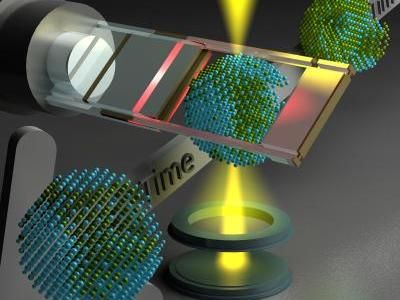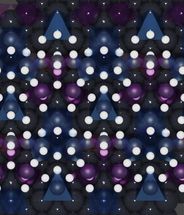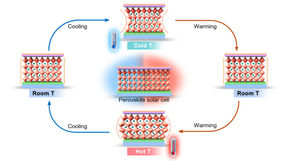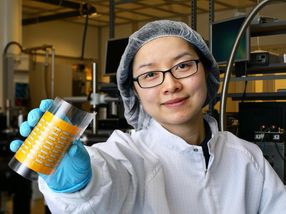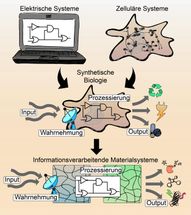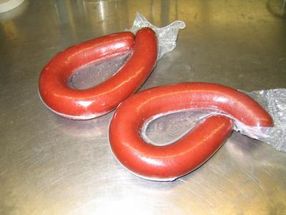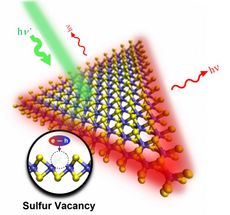Magnetic atoms of gold, silver and copper have been obtained
An international team led by Physics and Chemistry teams from the Faculty of Science and Technology at the University of the Basque Country (UPV/EHU) and directed by Professor Jose Javier Saiz Garitaonandia, has achieved, by means of a controlled chemical process, that atoms of gold, silver and copper - intrinsically non-magnetic - become magnetic. The article has been published in Nanoletters (Vol.8, No. 2, 661-667 (2008)).
According to the research, in which researchers from the UPV/EHU as well as teams from Australia and Japan have taken part, the magnetism appears reduce the dimensions of the material to nanometric dimensions and surround it with previously selected organic molecules. The magnetism of these nanoparticles is a permanent one (like iron) which, even at ambient temperature, is quite significant. This amazing behaviour has been obtained not just with gold (a phenomenon which had already been put forward as experimentally possible) but, in this research, nanoparticles of silver and copper (the atoms of which are intrinsically non-magnetic) with a size of 2 nm (0.000002 mm) have also been shown to be magnetic at ambient temperature.
The contribution of this work, part of the PhD of Ms Eider Goikolea Núñez and led by Professors Mr Jose Javier Saiz Garitaonandia and Ms Maite Insausti Peña, is not limited to obtaining these magnetic nanoparticles. In fact, by means of complex techniques, using experimental systems based on particle accelerators and nuclear techniques, both in Japan and in Australia, have clearly shown for the first time that magnetism exists in atoms of gold, silver and copper, metals which, in any other condition, are intrinsically non-magnetic (a magnet does not attract them).
This discovery goes beyond the mere fact of converting non-magnetic elements to magnetic ones. These properties appear in smaller-sized particles that have never been seen in classical magnetic elements. In fact, they can be considered as the smallest magnets ever obtained. Moreover, such properties do not occur only at low temperatures but they are conserved, apparently without any degradation, at temperatures well above the ambient ones.
Most read news
Topics
Organizations
Other news from the department science
These products might interest you
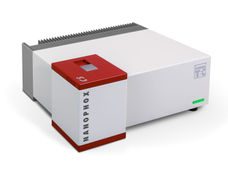
NANOPHOX CS by Sympatec
Particle size analysis in the nano range: Analyzing high concentrations with ease
Reliable results without time-consuming sample preparation

DynaPro Plate Reader III by Wyatt Technology
Screening of biopharmaceuticals and proteins with high-throughput dynamic light scattering (DLS)
Efficiently characterize your sample quality and stability from lead discovery to quality control

Eclipse by Wyatt Technology
FFF-MALS system for separation and characterization of macromolecules and nanoparticles
The latest and most innovative FFF system designed for highest usability, robustness and data quality

Get the chemical industry in your inbox
By submitting this form you agree that LUMITOS AG will send you the newsletter(s) selected above by email. Your data will not be passed on to third parties. Your data will be stored and processed in accordance with our data protection regulations. LUMITOS may contact you by email for the purpose of advertising or market and opinion surveys. You can revoke your consent at any time without giving reasons to LUMITOS AG, Ernst-Augustin-Str. 2, 12489 Berlin, Germany or by e-mail at revoke@lumitos.com with effect for the future. In addition, each email contains a link to unsubscribe from the corresponding newsletter.
